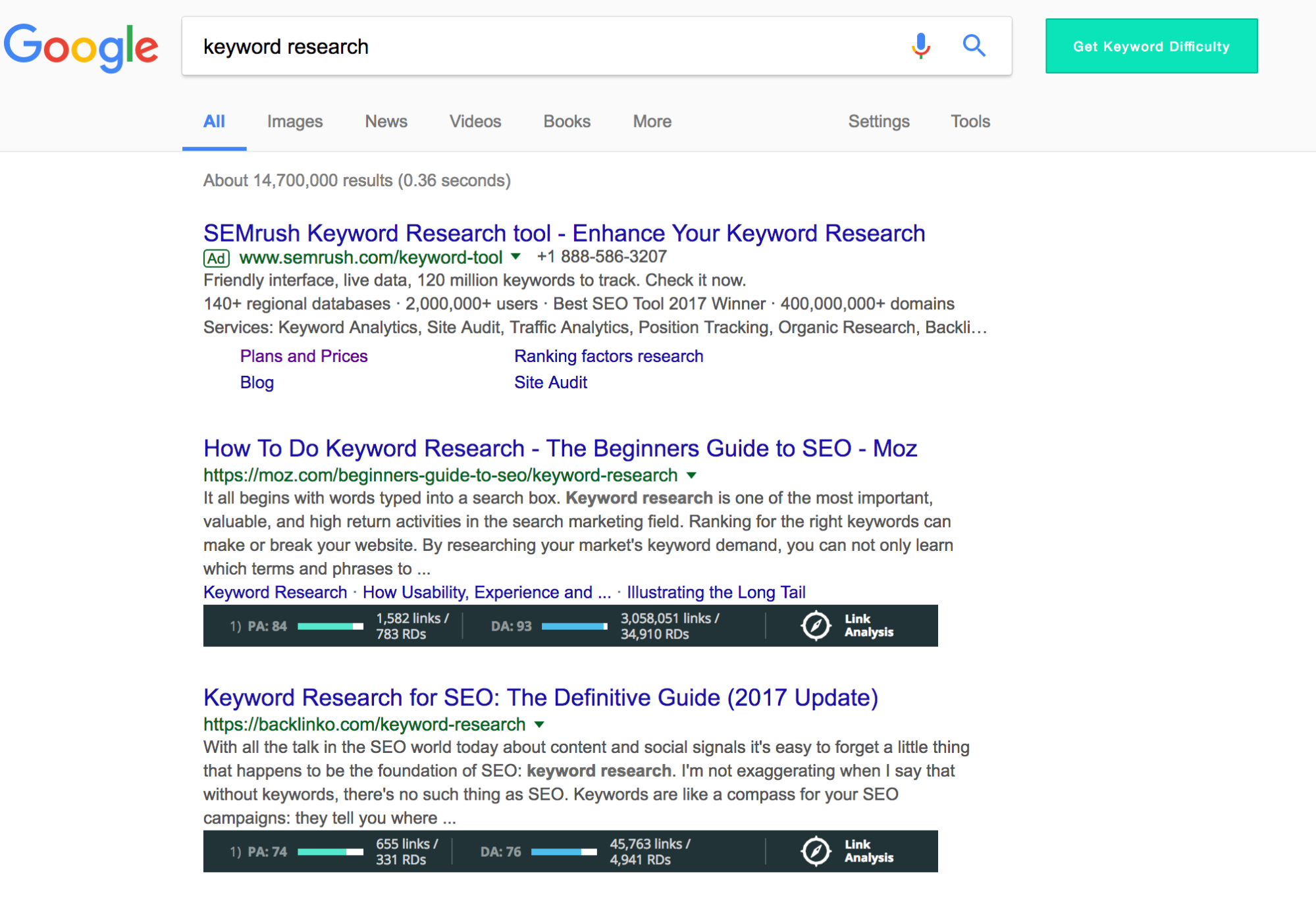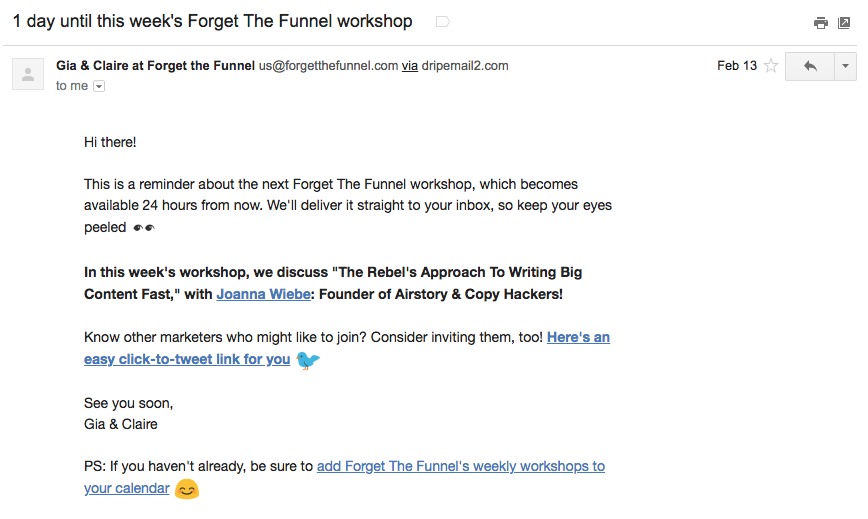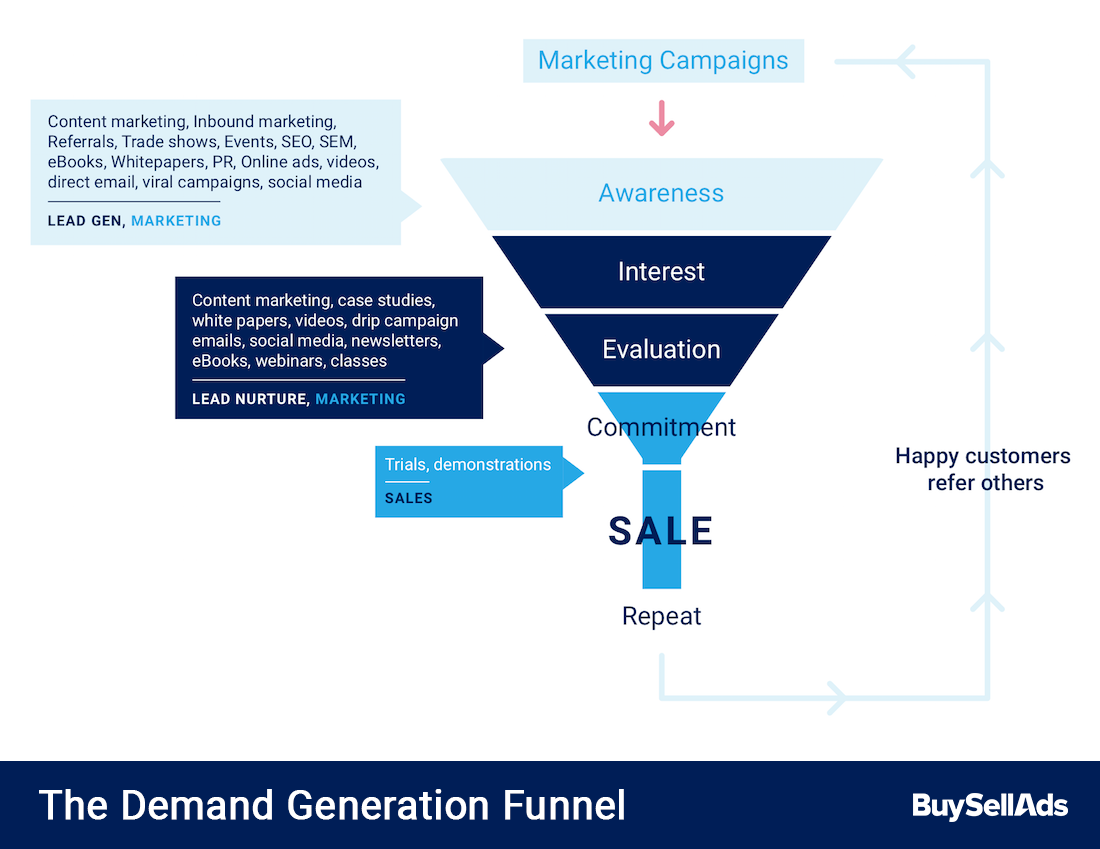Stop right now and answer this question: would you want to be a part of your marketing funnel?
If your reaction to that was anything but a self-assured nod, something needs to change.
As marketers, we talk a lot about putting the customer first… even if that’s easier said than done. After all, we have looming goals, budget constraints, and only so many hours in the day.
That’s why demand generation marketing plans are key for B2B marketers. They help you visualize the customer journey from start to finish and wrap your head around scaling that path for future growth.
Want to create a demand generation strategy that creates product demand and sends qualified leads to sales? Leave aggressive marketing tactics behind and follow these seven steps.
1. Don’t harass people with ads.
As marketers, we often gravitate towards some rule of “effective frequency” to make ads stick. Popular ones include:
- The Marketing Rule of 7 claims someone has to hear a message 7 times before taking action.
- Thomas Smith’s theory says it takes 20 times of seeing an ad before a customer buys it.
- Dr. Herbert Krugman’s “Three Exposures May Be Enough” research implies, as the same suggests, that three times is enough.
But what do users have to say about frequency? HubSpot research found the medium and method matters—84% say obnoxious or intrusive ads give them a poor opinion of brands and 79% feel their data is being used for ad tracking.
That means peppering people with ads that are targeted using user data or showing up in intrusive places is actually working against your brand.
The easiest way to mitigate this is by auditing paid channels used at the top of your demand generation marketing funnel. If you use ad exchanges or social networks to target users, check your placement and frequency settings to make sure you aren’t spamming people. Also, consider adding non-intrusive paid channels that target your audience by relying on curated networks.

You might also consider experimenting with top-funnel channels to engage people over multiple touchpoints such as native advertising or video. This strategy often feels less intrusive and repetitive, since it gives users opportunities to connect with your brand across different touch points.
Remember, there’s a fine line between marketing to someone and harassing them. Annoying people before they enter your funnel hurts your opportunities for growth later on.
2. Give something away.
The free sample stand is the most popular place in the grocery store. Why? Because people like free things.
Use this to your advantage in your demand generation marketing plan by offering something of value in exchange for contact information. This could be an e-book, newsletter, research report, template, stock photo set—anything that your target audience wants and that no one else has.
But don’t skimp on quality. A bait and switch isn’t the best way to start off a relationship, and users won’t take kindly to low quality content.
Moz is a great example of how companies can provide huge value upfront in exchange for loyalty and sales later on. The Moz blog consistently publishes amazing SEO content, and it offers users free limited versions of its Keyword Research tool and on-page SEO checker. With these products, Moz offers valuable tools and information in exchange for contact details.

A great resource or tool can scale the top of your demand generation funnel, meaning you’ll eventually send more qualified leads to sales.
3. Teach them something new.
It’s common for marketers to neglect the middle funnel while devoting huge resources to tactics at the bottom and top. Since demand generation strategies tend to cover a longer sales cycle, this can be a critical misstep that stunts growth.
Once someone is in the middle of your funnel, focus on earning trust, drawing out pain points, and cementing your role as an expert in your field or industry. Ultimately, this fosters loyalty and sets you apart from competitors.
When creating your demand generation marketing plan, consider how you can educate users and move them through the middle of the funnel. This can be done with blog posts, whitepapers, or webinars promoted through email campaigns or other channels.
By the time someone is marked as an SQL, they should have a good idea of what sets your product apart and which of their pain points you solve. Use the middle of the funnel to educate them and pull them towards a sale.
4. Shift to organic outreach.
Chances are you already have someone’s email address if they’re a subscriber or MQL. This gives you a direct line into the most valuable, uncluttered communication medium… so shift the majority of your focus to reaching them in their inbox.
As you create your demand generation marketing plan, sketch out what your email marketing strategy might look like and the tools required to make it work. If you’re unsure of the best tool for your business, this list of 31+ free demand generation tools might help.
Email marketing helps you save money and collect more data to better understand the user journey. Unsubscribes, open rates, click rates, and A/B test results can be used to make your demand generation strategy a lean, mean lead-qualifying machine.
Of course, paid advertising can be used strategically in the middle funnel. For example, you could target leads by email address with testimonials or whitepapers. Or you could run content and newsletter ads to further engage users. Just make sure your frequency and placements aren’t annoying them.
5. Work with your sales team, not against them.
It’s tempting to build a wall around marketing strategies and get to work. But your demand generation strategy will be way more effective if you work with your sales team. Here are a few places for collaboration:
- Set up a lead scoring formula with sales so you understand who you’re targeting and how to best move them through your funnel.
- Agree to growth goals with sales and key management stakeholders so each team understands outcomes for each month.
- Review leads with sales at the end of every quarter, including SQLs that didn’t buy. Figure out if there were any opportunities to avoid that moving forward.
A seamless integration between marketing and sales also benefits your brand. Consistent branding and messaging creates a fluid hand-off to sales and is likely to increase the chance of your SQLs turning into customers.
6. Create appointments.
Knowing when to reach out to users is one of the hardest parts of demand generation. Are you contacting them too often or too seldom? Are you reaching them at a good time of day?
Sometimes it helps to think of your demand generation touch points as appointments. This makes it less likely that you’ll skip a tactic (like not publishing a weekly blog post) and provides the context needed for relationship building.
First, think about how frequently people want to hear from you and when works best for a marketing nudge. Would you prefer to catch people before they go to bed at night or when they get to their desk in the morning?
Especially for content touchpoints, the schedule you pick can have huge impacts on how receptive people will be to your message. Creating “appointment content” makes it easy for your audience to pencil you into their calendars. Examples include:
- Marketing workshop Forget the Funnel takes place at the same time every Wednesday.
- Duolingo sends notification emails 23 hours and 30 minutes after the last time someone used the app, based on the assumption that people use the app at whenever’s a good time to learn a language.
- Extra.ai sends onboarding emails at 10:00 am PT every Monday, right when people have settled into their desk and cleared out the weekend’s clutter.

What’s the takeaway? Giving people an idea of when to expect you goes a long way in gaining people’s ear. Just make sure your nudge is worth their time.
7. Surprise and delight at the end of the funnel.
The demand generation funnel might end with a customer purchase, but it’s only the beginning of a customer’s relationship with your brand.
When creating a demand generation strategy, think about how you can re-engage customers at the bottom of the funnel.
Would a referral program help drive more leads to your business, or can you use surveys to solicit your customer’s opinions on your funnel? A simple weekly email from marketing with product updates, new integrations, and recent content might also do the trick.

Keeping an open line of communication with customers and giving them opportunities to learn more about your product can go a long way in reducing churn and increasing lifetime value.
Demand generation only works with happy customers
Demand generation doesn’t happen overnight. Your funnel will usually cover weeks or months of relationship building, so you have lots of opportunities to engage and inform users.
Treating future customers with respect by focusing on organic outreach, providing actual value, and giving opportunities for feedback will help you create a demand generation strategy that provides the foundation for limitless growth.




I really like the fact of giving something away. we never did it before. But I think, it will have a positive impact on our business. Will give it a try and see how it goes. Thanks Vanessa for this very informative post.